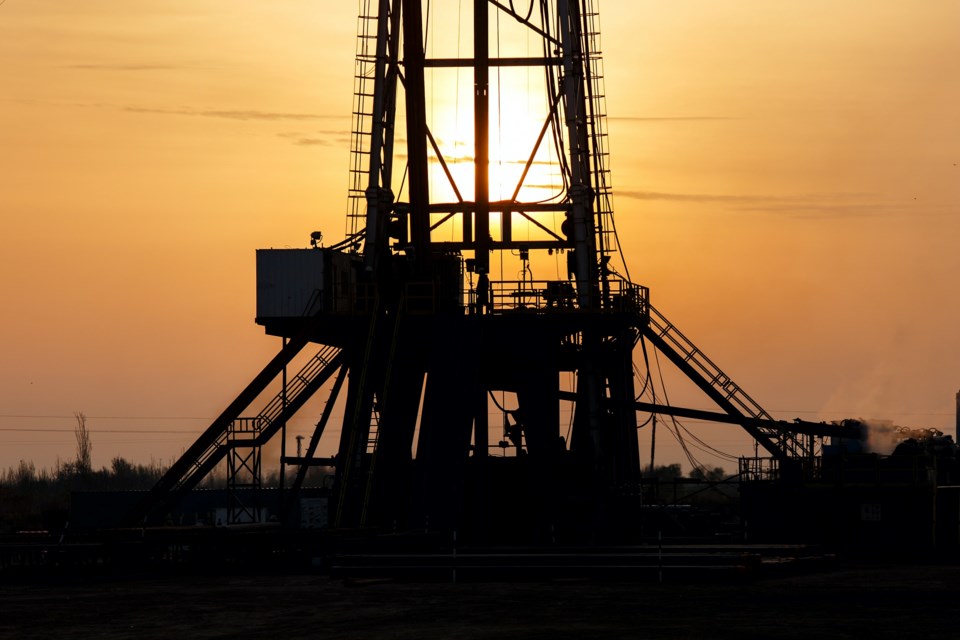Recent spikes in methane and volatile organic compound — or VOC — levels east of Union Reservoir may be linked to oil and gas activity but no single source can be targeted, Longmont City Council members learned Tuesday night.
A handful of spikes were recorded in March and July and then again on Jan. 6 and Feb. 1, Jane Turner, Longmont’s air quality oil and gas coordinator told the council.
“The spikes may be related to oil and gas-related activity east of Longmont,” Turner said. However, the city’s air quality monitoring system is not designed to single out individual wells, she said.
Information about the spikes was shared with state health and oil and gas officials as well as Weld County, Turner said. Weld Public Health, she added, has installed three air quality monitoring stations northeast of Longmont and will be sharing data with Longmont in the near future.
Turner outlined several issues related to oil and gas development in Longmont during the study session. She said the city’s air quality study conducted by Boulder Atmosphere Innovation Research, or Boulder AIR, is reaping important results including that many air pollution spikes are short term, with elevated pollutant levels lasting only 5 to 15 minutes.
Spikes in methane and other VOCs near Union Reservoir did not exceed any regulatory air standards or EPA health-based guidelines Turner told the council.
Changes under Senate Bill 19-181 and resulting new rules drafted by the Colorado Oil and Gas Conservation Commission made sweeping changes in oil and gas regulation that took effect Jan. 15. The new rules include a 2,000-foot setback between new oil and gas facilities and homes, schools and other high occupancy buildings and increased air quality monitoring, a city staff report states. Local governments also have been granted the ability to issue stricter regulations on oil and gas surface operations, Turner told the council.
Longmont has used both regulation and legal agreements to minimize oil and gas surface operations in the city, Turner said. As a result, only two producing oil and gas wells remain in Longmont, she said.
Stamp Well No. 31-2C is northwest of Union Reservoir and is scheduled to be plugged and abandoned this year, Turner said. The Tabor No. 7 well is located southeast of the intersection of Quail Road and Main Street, and city staff is working with the well owners to potentially plug and abandon the well this year, Turner said.
A staff analysis of the existing Longmont municipal code and the state’s new 2,000-foot setbacks found the setbacks severely restrict, if not prohibit, future oil and gas surface operations in the city, Turner said.



